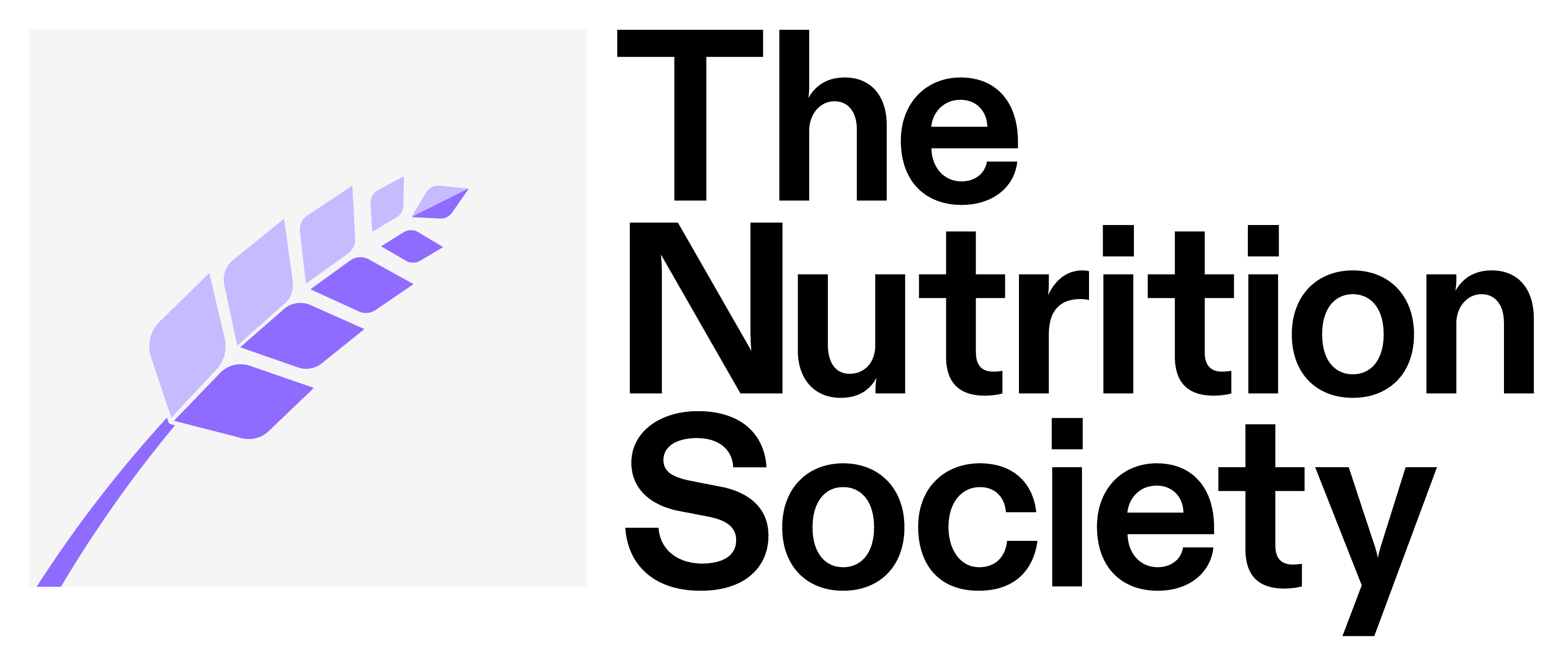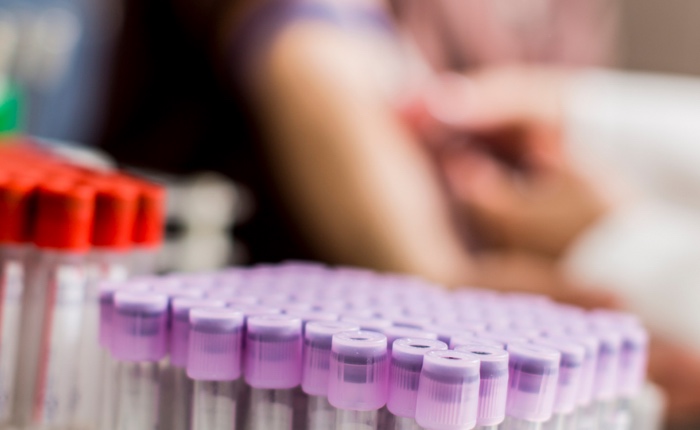Data on eumenorrheic females is scarce and is often low to moderate quality, which is due to a number of reasons: (i) there is a shortage of specialist knowledge on female physiology, in particular endocrinology, in the sport and nutrition science community; (ii) until recently, there has been a reluctance to include female participants in research studies, due to the numerous adaptations, to experimental design, needed to incorporate female specific considerations, such as the menstrual cycle; (iii) there is no consensus on the terminology and methodological approaches needed to produce high-quality studies. These issues have undoubtedly slowed the pursuit of knowledge in this field of research.
What will I learn?
- Understand the specific considerations needed when employing eumenorrheic women as participants in sport and nutrition science-based research (Elliott-Sale et al., 2021).
- Consider participant selection criteria and adaptations for experimental design.
- Develop an understanding of the need to promote more high-quality research in eumenorrheic females.
- Tips for why research cannot simply be applied across male and female physiology.

Course Features
- Lectures 2
- Quiz 0
- Duration Lifetime access
- Skill level All levels
- Language English
- Students 230
- Certificate Yes
- Assessments Yes






